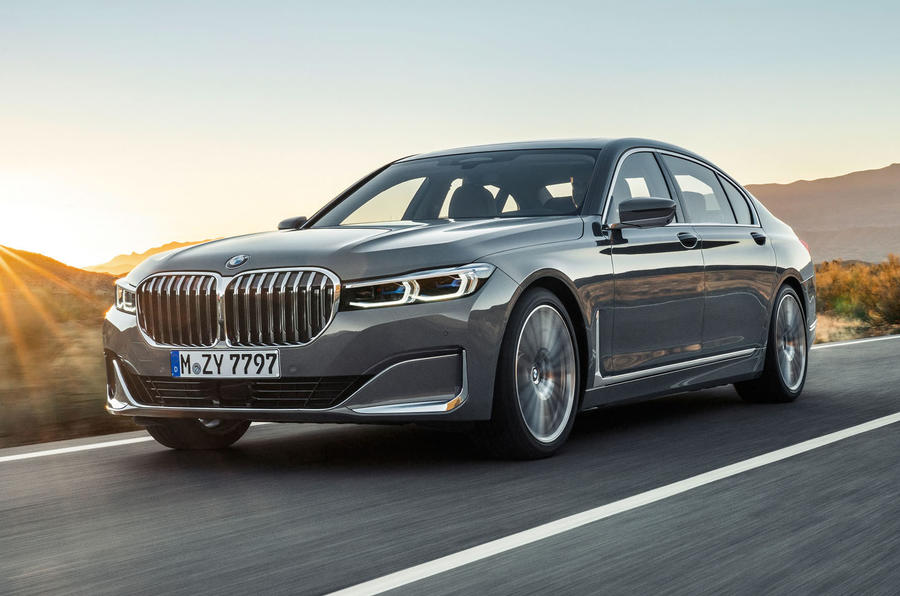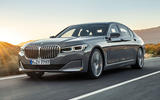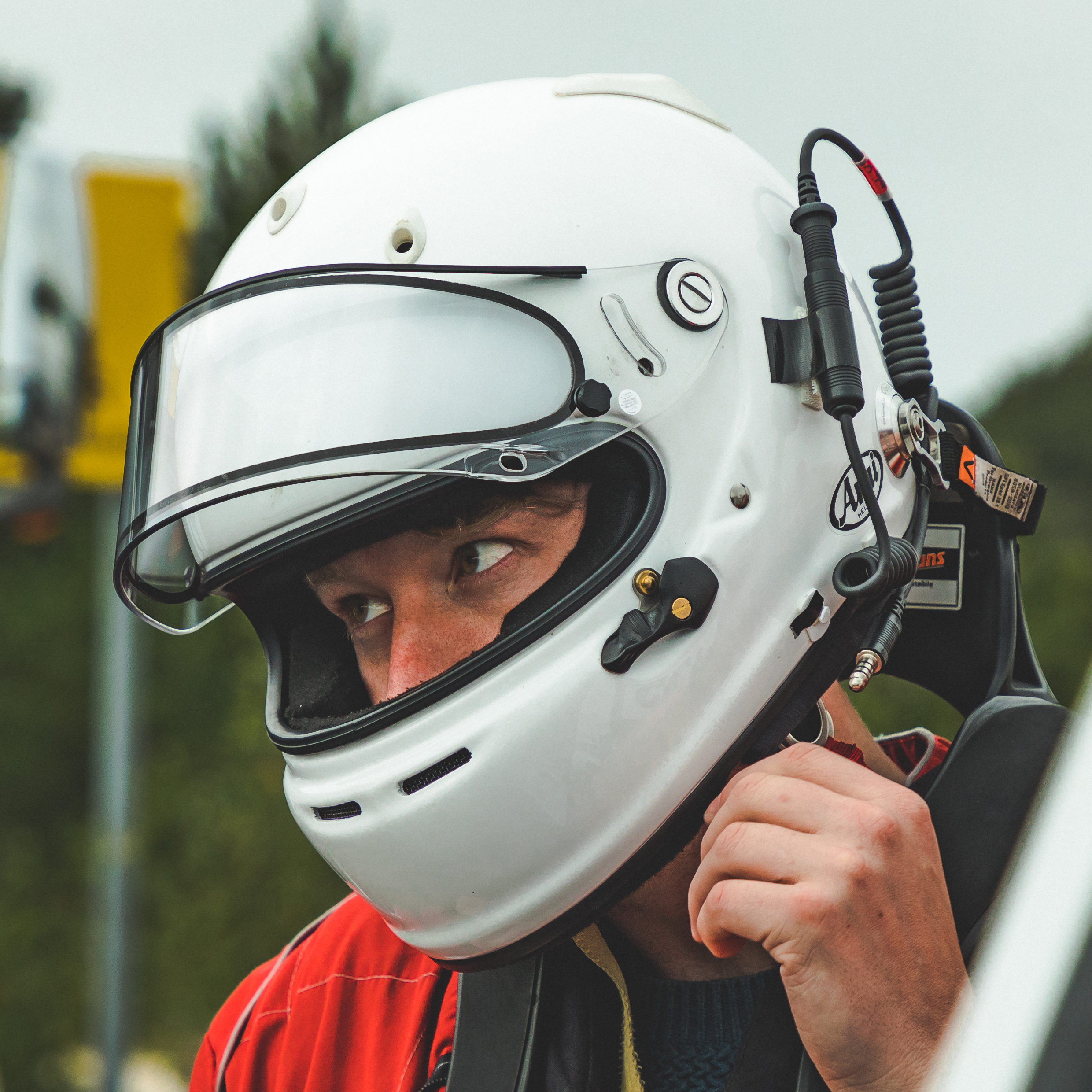What is it?
If doublethink is the simultaneous acceptance of contrary beliefs, the BMW 7 Series could be the all-time greatest automotive exponent.
Here is a car required to operate at a highpoint of luxury and isolation but also to inspire confidence from the wheel – the wheel of a limousine chassis weighing almost two tonnes and whose length comfortably surpasses five metres.
The Mercedes-Benz S-Class and Audi A8 need only handle competently enough to focus their energies on spectacular refinement. For the sake of the brand’s heritage and those who occupy the small centre ground of the luxury-dynamic Venn diagram, BMW can’t do that.
Which is why there’s never been much at all wrong with the way the G11 7 Series handles and why this heavily – and expensively – facelifted 'LCI’ version carries over the same multi-mode, self-levelling air suspension largely unchanged. We’ll go into more detail in a moment, but suffice it to that if you or your chauffeur ever needed to get out of dangerous spot pronto, you’ll be glad you bought the BMW.
And you can still opt for the Integral Active Steering, which not only varies the steering ratio with road speed but also slings the rear wheels in the same direction as the fronts for high-speed stability and, more importantly, does the opposite at low speeds for improved agility.
Active anti-roll bars – part of the Executive Drive Pro pack – are also carried over, and by readying themselves for corners using data from the onboard camera and sat-nav system, they further the car's cause as a dynamic benchmark in this class.
Except for a plug-in hybrid whose cylinder count rises from four to six and a flagship 6.6-litre V12 whose total power falls from 601bhp to a paltry 577bhp (thank WLTP), the engine line-up is similarly recognisable from before and impressive on paper.
With 457lb ft and a combined fuel economy the high side of 40mpg, the straight-six diesel 730d will make up the bulk of the 2000 or so 7 Series models BMW UK expects to sell this year, although it’s the more special V8-engined 750Li that we’ve driven here. It gets 523bhp and 533lb ft for a 0-62mph time of 4.0sec flat – ludicrous performance for a car like this, but still 0.2sec shy of the V12-powered M760Li xDrive.
So what has changed, other than a 23mm increase in length for both standard and long-wheelbase cars? Surely you’ve noticed. What the G11 has always lacked and the contemporary S-Class has always had is true a sense of occasion, which is why BMW has made some punchy aesthetic changes and gone all-out for 'prestige'.
The grille is almost half again as large as before, sitting 50mm taller, and the air breathers behind the front wheels now sit bolt upright. M Sport models get front air intakes so vast they wouldn’t look amiss on the Porsche 911 GT2 RS, and the widened exhaust apertures are similarly supercar-spec.
BMW says it wants to channel the vibe of Rolls-Royce, and the result is a visual roundhouse only very lightly tempered. The headlights and heavily contoured taillights are slimmer, as are the door mirror stalks, and creases in the bodywork are bit sharper to help take some of the bulk out of what remains a conservative shape.























































Join the debate
Add your comment
I am making comments
Great plus good item review of excellent most limousine for all people. Bad moderation of control at Autocar. Clean up comments. Stop broken English platitudes and non praise of scammers scumbags and fraudster people. Soon. In other words Autocar staff sort out your comments section you f **cking muppets and get rid of these idiotic scammers before your readers desert you for websites that stop this guff. Message received?